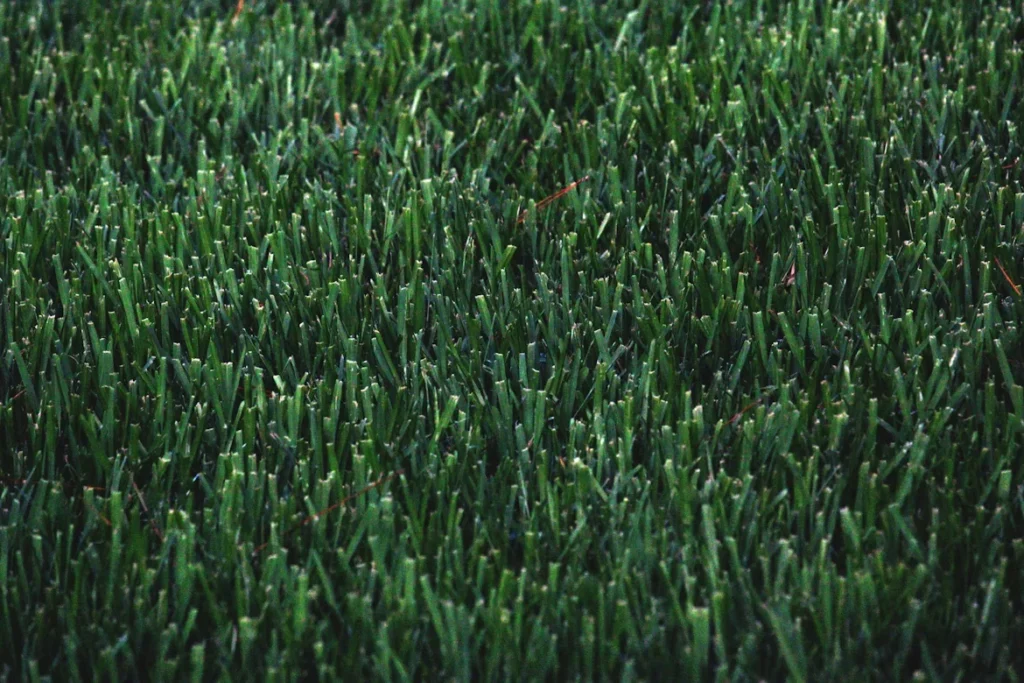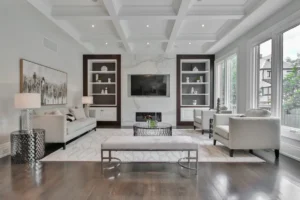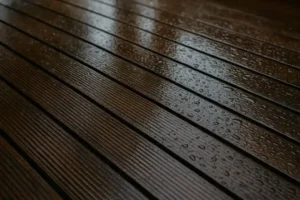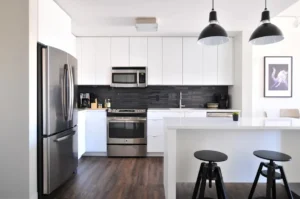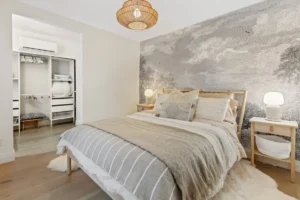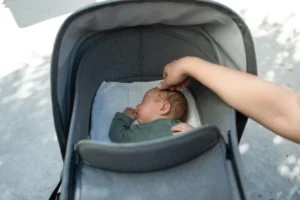Disclaimer: This article is for informational purposes only and does not constitute professional advice. Always consult a qualified contractor or turf installation expert before making any decisions related to your property or landscaping project.
A professional turf installation achieves three key objectives: that the turf appears natural, that it drains properly, and that it lasts for years to come. And all of that without buckling, shifting, or fading in all the wrong places.
If you are about to make the switch to turf, whether to reduce lawn maintenance or for any other reason, investing in a professional to do the installation will help protect your upfront cost and avoid any issues down the line.
Benefits of DIY Turf Projects
DIY installations often lead to trouble with uneven surfaces or poor drainage, or with noticeable seams that look off.
Professionals bring the experience and equipment that’s needed to avoid these common problems. They know all the proper steps to prepare the base, solid drainage, and properly install seams and edges that hold up over time. And when that’s done right, you won’t have to redo it in at least a year or two.
Getting It Right the First Time
Turf isn’t cheap, so installing it correctly from start to finish saves money in the long run. And pros take into account all the details:
- Slope
- Foot traffic
- Local climate
- Best turf type for your needs
They’ll also troubleshoot issues you might not even think of – like root barriers for nearby trees or the transition lines between turf and natural landscaping.
Instead of spending weekends troubleshooting a DIY project, when hiring a pro, you get a finished, polished result that looks great from day one and holds up over time.
Planning Your Turf Project
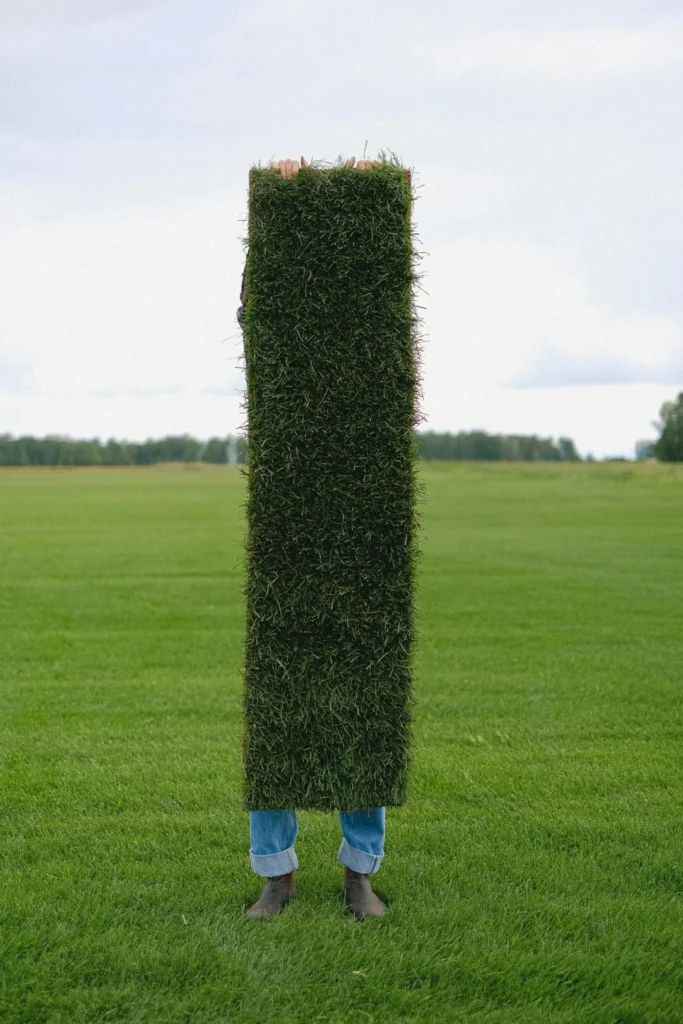
Before the installation starts, a little neat planning goes a long way. Since turf can be used for everything from front yards and patios to play areas and pet runs, each of those uses comes with its own set of needs. In the planning phase, decisions are made about everything, from the materials to be used to the layout plan and preparatory work.
Choosing the Right Type of Turf for Your Space
Dozens of turf products are available on the market, and each one is different. Some are better suited for high foot traffic, while others are soft and ideal for bare feet or children’s play. Some options look more natural, as well as those specifically designed for pets, sports, or commercial use.
A turf installer can help with this choice based on how you plan to use the space and what kind of feel you want underfoot. Additionally, they’ll take into account the amount of direct sunlight the area receives.
Preparing the Site for Installation
Prep includes removing existing grass or debris, grading the ground for proper water runoff, and compacting the soil to create a stable base.
A complete check-up is also needed at this stage. The underlying issues, like poor soil drainage or irrigation lines, will need to be capped or rerouted. Skipping these steps is one of the main reasons DIY turf installs fail.
What to Expect During Professional Installation
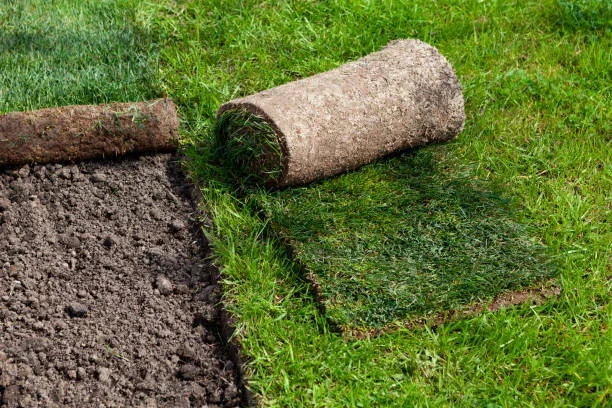
Once you have it planned and prepared, that’s where the installation process begins. The attention to detail really matters here – a professional will follow specific steps to make sure your turf stays level, drains well, and looks natural.
Here’s what exactly happens, step by step:
Ground Preparation and Leveling
The first stage of installation begins with shaping the ground to create even surface, as much as possible. This often means removing several inches of existing soil or grass and then compacting the remaining area to create a smooth and stable foundation.
If the area isn’t level or slopes improperly, water has space to pool. In that case, your turf will buckle over time. Pros use specialized tools for this, ensuring the grade is just right, which also helps prevent future drainage issues.
Base Material and Drainage Layers
The base layer comes next. It’s usually made from crushed rock or decomposed granite. This base layer also helps with drainage and adds structure to support the actual turf. They carefully spread, grade, and compact it. This creates a solid, very porous foundation.
In some cases, they use a weed barrier or geotextile fabric as an addition to prevent any growth in the area beneath the turf. For pet areas or high-traffic zones, there are specific additions that aid in future maintenance, such as turf deodorizer infill or upgraded sub-base materials.
Laying and Securing the Turf
Once this base layer is complete, they lay the turf. Installers roll it out, then they let it settle, and then they trim it precisely to fit the contours of the space. Seams are joined with an adhesive or turf staples, and then they get positioned to be as invisible as possible.
The edges must be secured either with nails or special edging systems. This prevents movement, twisting, and curling over time. Ultimately, they brush the infill (such as silica sand or antimicrobial products) into the turf fibers to help these fibers stand upright and add weight for improved stability.
Post-Installation Care and Maintenance
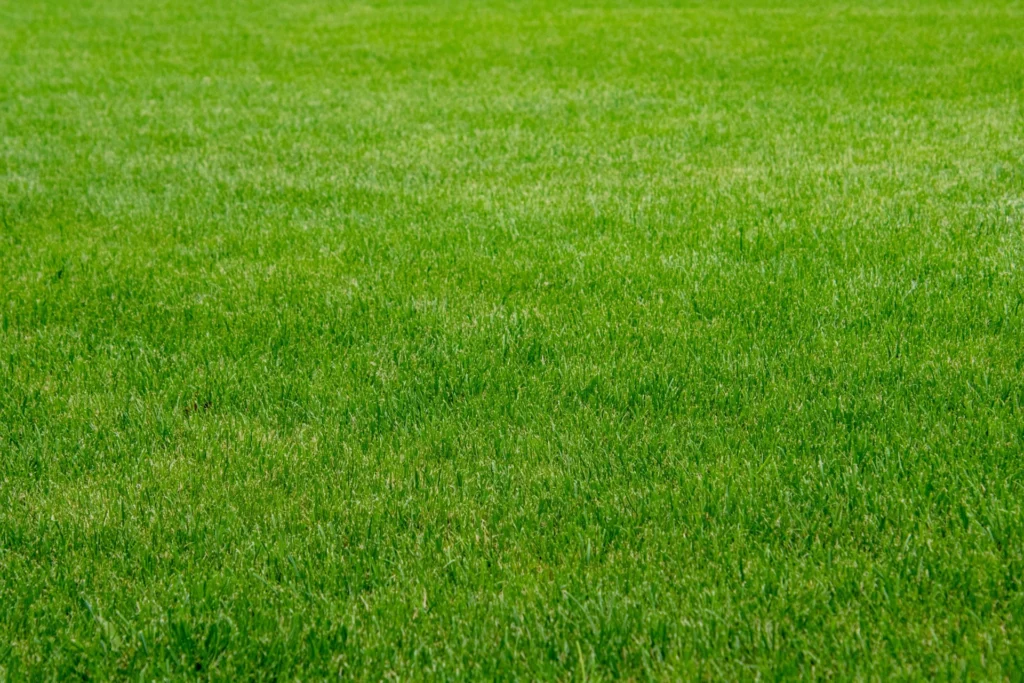
Artificial turf is low-maintenance, but it is not no-maintenance at all. Once it’s installed, you need to keep it clean, upright, and looking its best through any season.
Watering, Brushing, and Settling In
Turf doesn’t really grow, but it still benefits from occasional rinsing, especially if you have pets or trees that drop some debris. A gentle watering from the hose can help remove dust, pollen, or any occasional spills and other dirt.
Brushing the Artificial grass with a turf rake or a stiff broom helps the fibers stay upright. It also prevents matting in high-traffic areas. This is especially necessary in the first few weeks, as the turf fibers require that much time to settle fully into place.
How to Keep Your Turf Looking Great Over Time
Long-term care is quite simple. Avoid placing hot items, such as fire pits or grills, directly on the turf. Exercise caution with furniture or any sharp objects, taking care not to puncture the surface. Clean up any mess promptly and, periodically, rake away leaves or other heavy debris during the fall.
If you notice any shifting, lifting, or similar issues at the edges or signs of drainage problems, it’s best to contact your installer for advice. Most pros will offer maintenance services or can guide you on more minor, more straightforward repairs to help keep your turf looking fresh.
Common Mistakes Professionals Help You Avoid
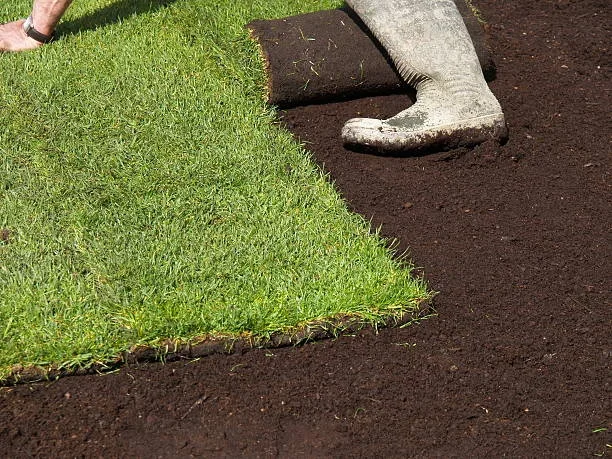
What’s underneath the Artificial grass layer matters just as much as the turf itself. Many issues with artificial turf are the result of poor prep, quick installs, or some skipped steps. Professional installers bring the experience in, so you can avoid these common pitfalls.
You’re less likely to deal with problems a few months down the line and more likely to enjoy a result that looks good and stays put.
Poor Drainage or Uneven Surfaces
One of the most overlooked parts of any turf job is its drainage. If the sub-base won’t allow water to move through, you’ll end up with pooling, mildew, or sagging areas, especially after heavy rains.
Uneven surfaces are another common issue. They make the Artificial grass look lumpy, cause wrinkles, and create trip hazards.
Gaps, Lifting Edges, and Visible Seams
DIY turf projects often come with minor alignment errors that become increasingly noticeable over time. If the seams aren’t joined tightly or the edges aren’t anchored properly, they will start to lift, curl, or create visible lines across the lawn.
What to Know Up Front
Turf installation is a significant investment. However, if done right, it will pay off in reduced maintenance and year-round usability.
How Long Does the Process Take
Turf installation may typically take 1 to 3 days, depending on the project size and weather conditions. Some larger or more complex areas may take longer, especially if extensive excavation or drainage is needed.
Long-Term Value
Artificial turf isn’t just about looks; it’s also about time, money, and lifestyle. With this turf, you’ll spend less on water, fertilizing, mowing, and seasonal lawn care. There’s also no mud, no weeds, and fewer pests.
For families with young children, pet owners, and anyone seeking a tidy and low-maintenance outdoor space, the long-term value typically outweighs the initial cost. If done right.






